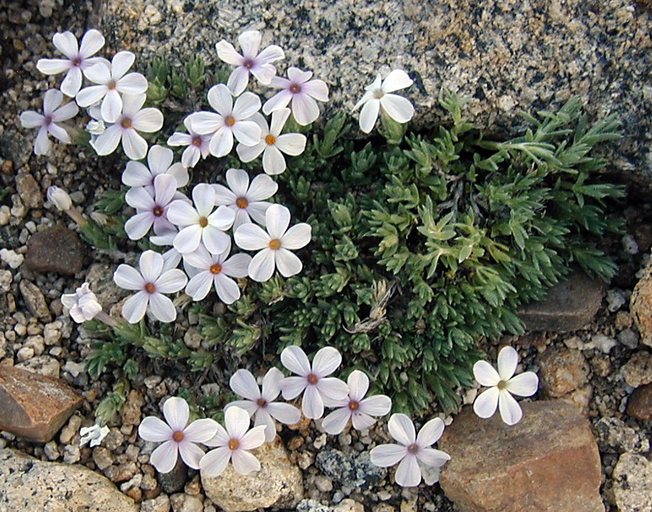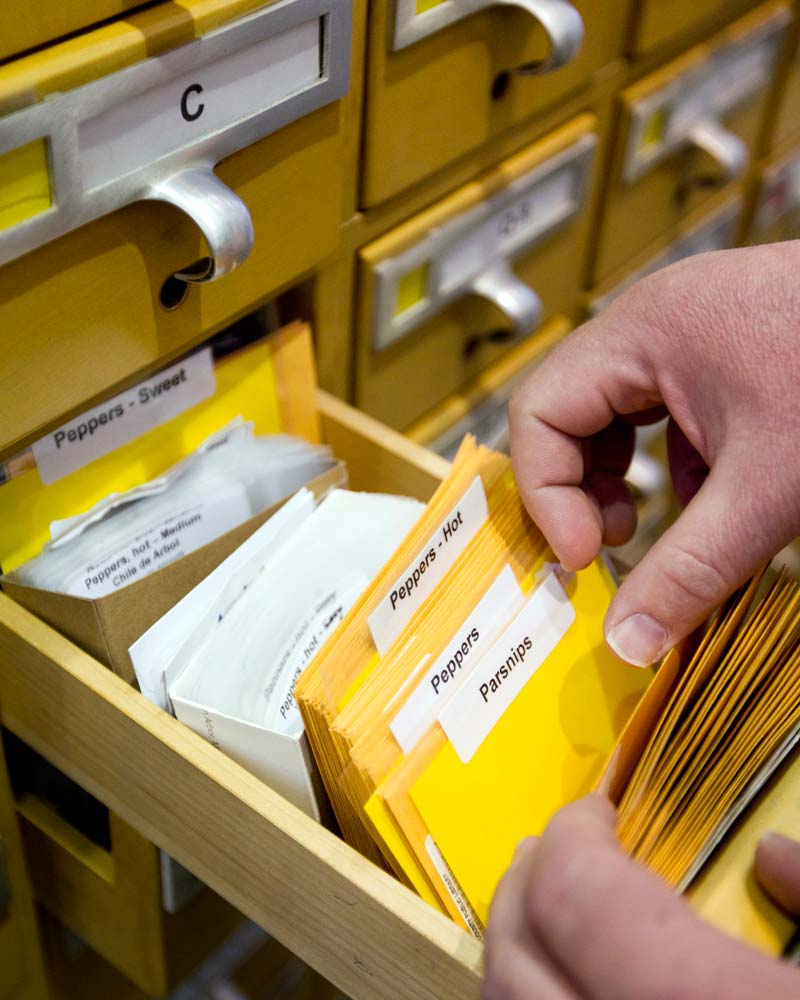“Mighty oaks from little acorns grow” is an old adage loaded with meaning, but one with special significance, I think, for us gardeners, knowing as we do that every garden begins with a seed.

Seed can be “seed money” that lets us purchase a plot of land or rent space in a community garden. Seed might hold the germ (no pun intended) of an idea that sows itself in our creative soul, germinating and maturing into a garden that’s a personal expression of what we value most dearly. But, simply, it’s the seed we sow in greenhouse or garden and nurture to fruitful life, which has the potential to give us huge satisfaction. Late July is a good time to plan for seeding your garden’s future, and through the seed you sow, you’ll become part of the great gardening network. In my case, I’ve collected seed during my travels around the world; the plants that result are my notes in the living journal of my garden, reminding me of how my life has been enriched by the places and people I’ve encountered.
Specialist plant society membership is another way to expand your horticultural horizon well beyond your garden gate. Many offer seed exchange programs, like that of the North American Rock Garden Society, whose annual exchange program, in operation since 1935, gives members a chance to grow something special. Talking to the Society’s Executive Secretary, Bobby Ward, who gardens in Raleigh, North Carolina, one gets an idea of the opportunities seed exchanges give: “I have gotten plants from the Mediterranean area that do well for me, such as cyclamen, hellebores, and arums. Hosta seeds from Japan and Korea, rain lilies from south and central USA, and from South America…Habranthus and Zephyranthes and allies such as Herbertia and Cypella… and ice plants native to South Africa.” The list doesn’t compare, he says, to what can be grown in cooler climates, but it seems quite exhaustive to me! So, as a NARGS member, I’ll be on the lookout for sub-alpine plants native to the Rockies, with a special interest in ones popularized by Kathleen Marriage, a plant collector active the Colorado Rockies during the 1930s. Her 1958 obituary in the journal of the American Rock Garden society reveals that her nursery, known as Upton Gardens, in Colorado Springs, provided treasures such as, “Boykinia jamesii, Aquilegia saximontana, and Phlox condensata.” Mrs Marriage wrote about some of her finds for the British Alpine Garden Society’s journal, so tracking those plants in particular would connect me to the history of gardening in my region, as well as to fellow gardeners who share my interest in this subset of alpine plants.

Seed libraries are another source of characterful seeds–local, historic, or just out of the ordinary. Seed libraries appeared on the community garden scene around 2010, but in the 1980s Gary Nabhan had cofounded Native Seed/SEARCH to support Native American communities as they sought to conserve and disseminate traditional food crops that were fast disappearing. Today their collection contains more than 1900 varieties of plants used by some 50 indigenous groups, as well as crops related to Hispanic and Anglo settlers in the Southwest.

Head-quartered in Tucson, Arizona, in 2012 Native Seed/SEARCH helped the Pima County public library system establish the first of its public seed libraries at the Joel D. Valdez Library, one of the first public-library-run seed exchanges in the country. Here, Tucson gardeners can “check out” up to ten packets of seeds to grow in their own gardens, or in the planters they can rent located around the library’s entrance. In either case, it’s appreciated but not expected that seed library users will return the loan with seed they’ve collected and saved from the harvest. Library branches participating in the program also offer gardening classes…and gardening books. And for novice seed-gatherers, it’s hard to beat Bill McDorman’s classic guide, Basic Seed-Saving. Or, you could try Seed Starts and Smarts, by yours truly.

But to get you started, here are my basic tips to success: Harvest seed as it is ready to drop, or as pods begin to dry or look otherwise ripe. Store seed in a paper envelope—it needs to breathe in storage. Label envelopes clearly with variety and the date harvested. Keep in a cool, dry place until ready to use, and do so within a year as most seed (especially alpine plants!!) should be sown within that time for best results.
© Ethne Clarke, 2018


